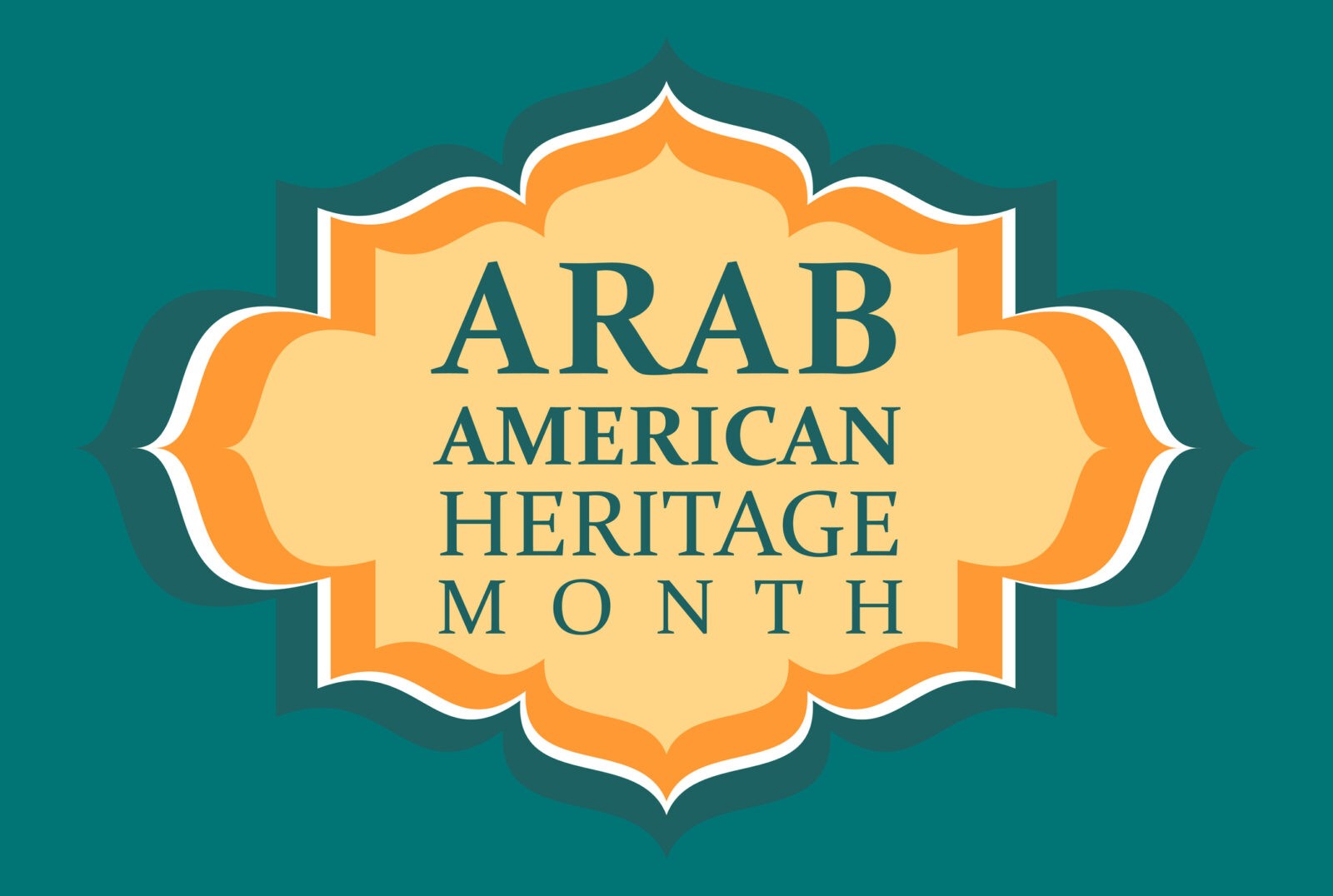April 30, 2021
Arab-American Representation and Identity in American Society

As an Arab-American in the progressive law and policy space, it is sometimes difficult to navigate the amount of power, or lack thereof, that Arab-Americans hold. Representation, especially in positions of power and influence, is rare. I often feel that it is rare to see people in positions of power who look like me.
Oftentimes, when society, organizations, or individuals think about race, they look at it through a prism of a white/Black binary, failing to look at the many experiences that do not fit into either category. Beyond that, many people become confused about who exactly is an Arab-American, and where do they fit in this societal prism. I believe that this lack of awareness, whether purposeful or due to plain ignorance, acts as a hindrance to Arab-Americans who are attempting to advance their careers.
While there are a number of factors why Arab-American representation is lacking in positions of authority, I believe that much can be traced to our country’s long and disturbing history with race. As an Egyptian, I find that many people do not know where to place me in the white/Black binary that dominates America’s construction of race. The federal government puts me into the white aisle, as North African is, curiously, grouped in with Caucasians. It is imperative that the U.S. government begins to implement a categorical system that fully captures the diversity of the American people. Being labeled as ‘white’ when I am Egyptian strips away not only how I identify myself, but also makes a mockery of my experiences, which does not afford me the privileges that being white generally entails. On the other hand, individual people place me wherever they wish – white, Black, Arab, Asian – I have heard it all.
As Khaled Beydoun writes, “The OMB’s [Office of Management and Budget] designation of Arab Americans as white by law is rooted in early- to mid-twentieth-century immigration and naturalization jurisprudence… Nearly 110 years after the first Arab immigrant came before a judge seeking citizenship, Arab Americans still find themselves interlocked between an existential and legal paradox: per se classification as white, but pervasive profiling and policing as pariah.”
The Arab-American community is one which is incredibly diverse, and I think that is lost upon many Americans. Arabs come from at least a dozen different countries spread across at least two continents. Arabs make up every religion, or no religion. Arabs come in all shapes and sizes. Further, many people who are grouped into the “Arab” construct do not even personally identify as “Arab” but find it easier to do so because they do not fit within the American societal “boxes.” In a nutshell, Arabs are people and make up all the diversity and nuance that other Americans make up. This misunderstanding and “othering” of Arab-American individuals denies true recognition and acceptance of us and can sometimes act as a hindrance to visibility within the legal and political fields.
Arab-Americans must be more thoroughly included in American, national discourse, and that can begin with full recognition and the dismantling of the extremely binary view on race that American society has. It can continue with conscious efforts to educate people about Arab-Americans and the history of a region of the world that is too often simplified in ways that removes much of the history and diversity which it has. As we close out Arab-American heritage month, I am hopeful that continued conscious efforts to educate people about Arab-Americans can lead to more accurate representation within American society.
Sam Fouad is the Assistant Director of Network Communications at ACS and can be followed at @_saf155




